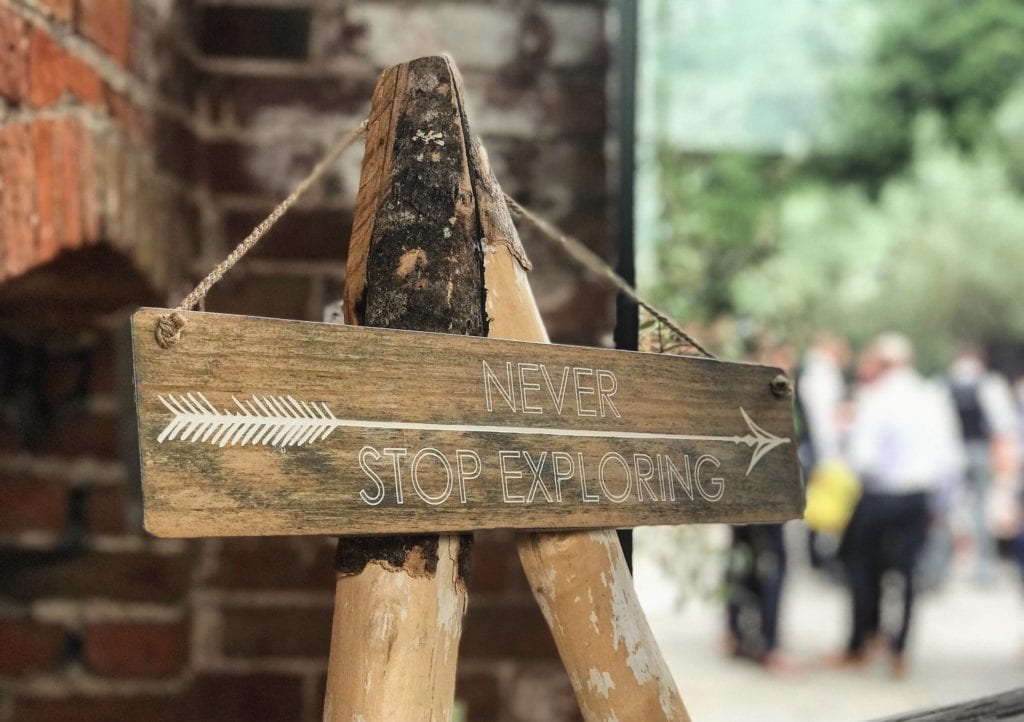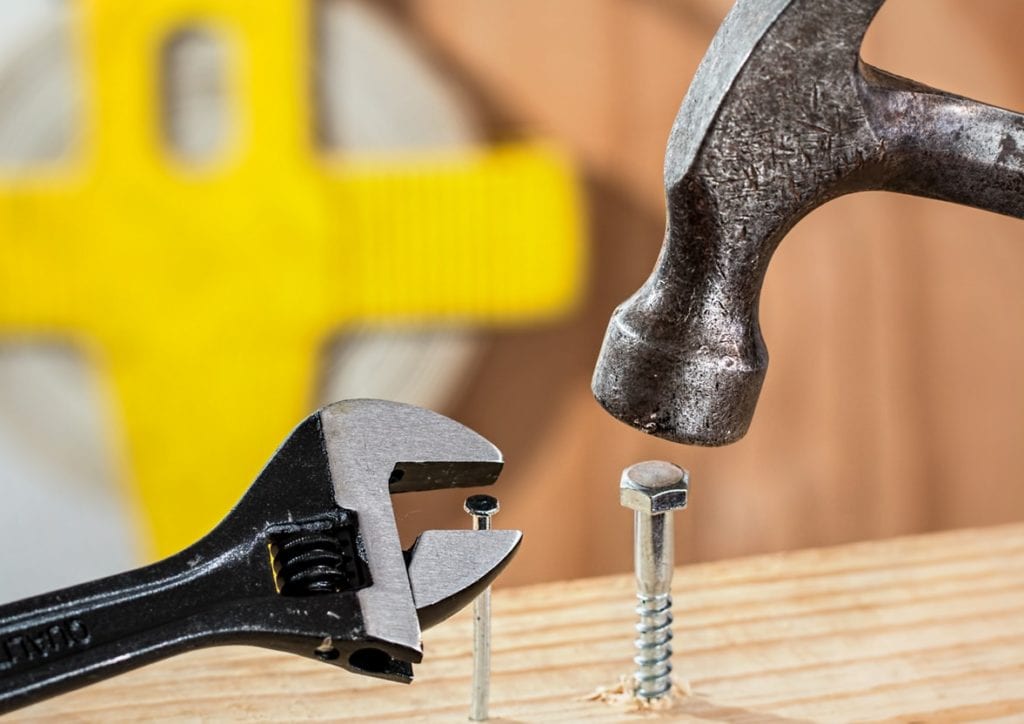As a relatively new addition to many Enterprise IT departments, ITAM teams have come a long way since their origins in the early to mid-2000s. I’m sure most readers can understand and would agree that their first and primary objective was to get greater control of software costs and licensing best practices. Certainly, many ITAM teams have come a long way in their management of software assets – saving their employers millions of dollars each year. But, now that they have nearly mastered the management of software assets, why does it seem so few have delved into the best practices of managing their hardware assets? Data center servers, storage and networking gear have a significant impact to both CapEx and OpEx budgets. Just like the outcomes of deploying best practices in software management, there are millions to be saved in hardware asset management, as well.
Might there be an assumption that far less can be done to improve budgets or to help lead Data Center Operations toward more logical asset lifecycle management practices? Or, has Data Center Operations told them, “We got this under control, folks.”
Independent Hardware Maintenance support (an industry sometimes referred to as Third Party Maintenance) is both an effective cost-containment solution and an industry that has been growing in popularity in the last 10 years, as many Enterprise IT departments have tried to do more with fewer budget dollars. This unique industry could help your OpEx budgets (and vendor satisfaction) even more than they do if ITAM teams began focusing more on hardware asset management practices.
Since XS International was founded in 1990, we have countless stories of hardware asset management practices that leave Enterprise IT vulnerable AND operating much more expensively than necessary:
- XYZ Corp had 34,000 post-warranty data center assets located across 14 locations. But, they could account for the locations of only 40% of them with any degree of certainty. They were hesitant to admit that they had been mostly reliant upon ineffective hardware asset tracking software (most of which are a useless “crutch”). Since these post-warranty assets were eligible for independent hardware maintenance, they reached out to a few providers for pricing on those assets. Their IT Ops team could only provide make, model and serial number – no location information and certainly no configuration details that were reliable. We proposed that we first conduct detailed site audits at all 14 locations, which they gratefully accepted. About 5% of those 34,000 listed assets were not to be found, likely retired. Another 5% of the assets were found, had power running to them but weren’t being used in any way by anyone. Think of the annual software spend alone, on these out-of-use assets!? This happens so often, especially when there has been M&A activity. Our collection of the configurations for each production and non-production asset permitted our fair pricing, which in turn saved them even more than they had hoped for in approaching the independent hardware support community.
- In another story, Widgets, Inc. had 2,000 server and storage assets that were post-warranty and they wanted to explore independent support pricing. Like XYZ Corp, all they could provide were make, model and serial number. They wouldn’t agree to a site audit and accepted a bid from an independent vendor that chose to: create pricing based on lowest configurations, get the MSA signed and then “nickel and dime” them on each asset they later discovered to have expensive, additional configurations. Widgets, Inc. eventually chased that vendor out the door and began to work with our team. We HELPED them get a far better handle on their hardware asset management practices (using SaaS-based tools and automatic reporting), gave them a fair price and they have been a loyal client ever since.
We have hundreds of these stories – in which the “root cause” for all stressors stemmed from weak Hardware Asset Management. So, again, I ask: Why are ITAM teams NOT getting involved in hardware now that they have nearly mastered software management?
The independent hardware maintenance industry simply cannot provide fair and accurate pricing without configuration details. Any that would accept ONLY make, model and serial are not going to be able to provide pricing that they can live with – unless doing so is to THEIR advantage. And, if the MSA won’t allow them to increase pricing on a per asset basis, they will indeed cut corners on the deliverables and the service quality your IT Ops teams are expecting.
At the bare minimum, or as a Phase 1 approach, I would strongly recommend:
- Abandoning all software designed to discover hardware assets and configuration details. As an asset management tool, they simply do not cut the muster. They won’t find assets powered down or assets behind the numerous DMZs you likely have in place.
- Collect hardware data, audit quarterly for changes and update this data (see below) by asset type:
For All Devices Types:
- Make, model and serial number
- Location (country, city, state, facility)
Preferred service level
For Servers:
- Number of CPU cores and MHz
- Amount of physical memory
# of and capacity of storage devices (disk or tape)
- # of Host Bus Adapters (HBAs)
- The presence of any externally-attached devices
For Mass Storage:
- # of and capacity of storage devices (disk or tape)
- Amount and capacity of cache memory
For Configurable Networking Devices:
- # of activated ports
Collecting the information above would be an incredible start to a more modern, more beneficial Hardware Asset Management program. If this necessary first step seems too daunting, most independent hardware support providers can be relied upon for a detailed, on-site asset audit. The really good vendors can even assist with the digital organization of this data, which include reporting views to help with all sorts of valuable asset management practices.
Want to know more about XS International? Click Here to visit our website. Want to understand why more Enterprise IT leaders are choosing independent hardware support? Click Here to watch a recent video we produced.
Follow Us On LinkedIn






